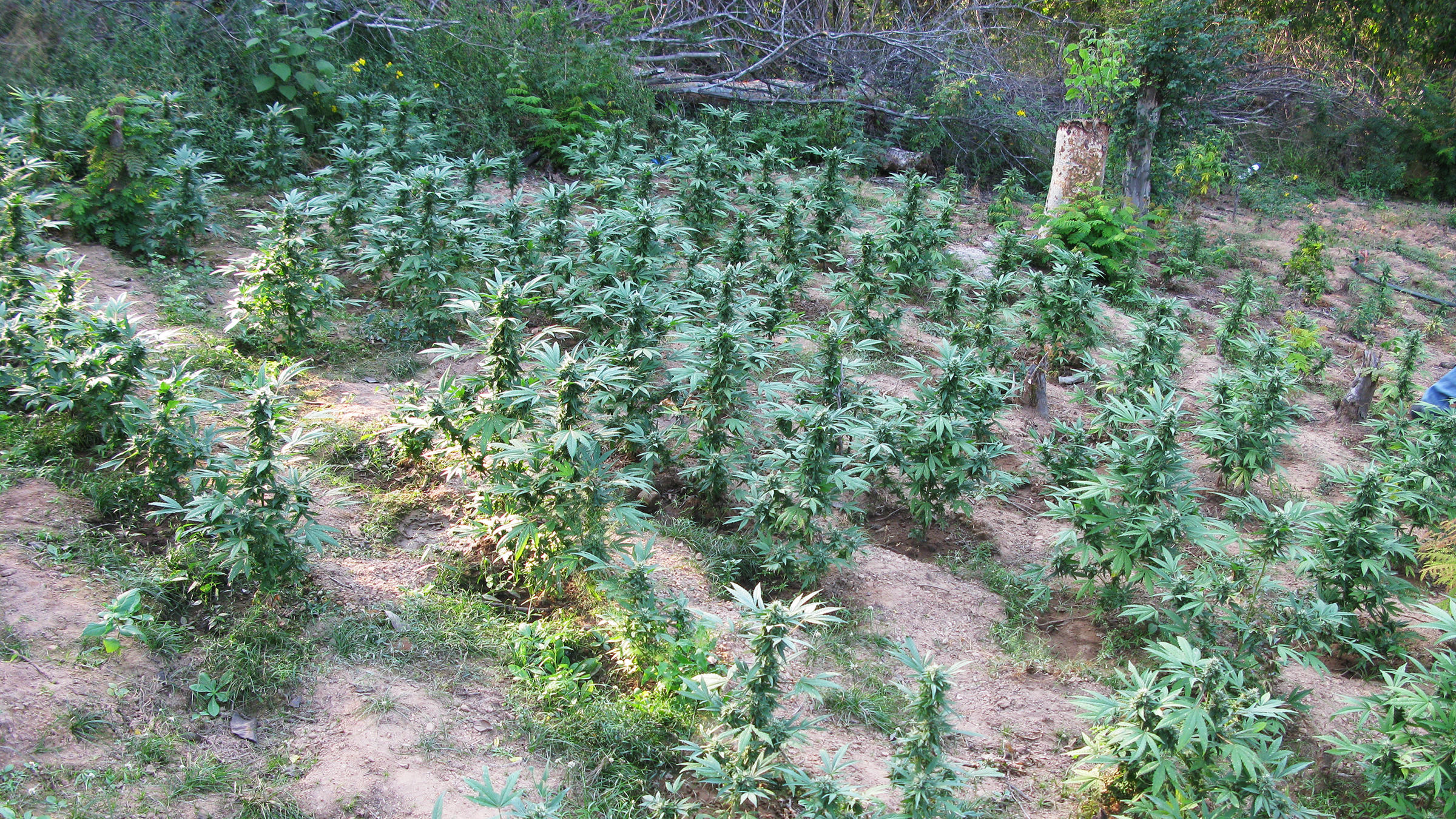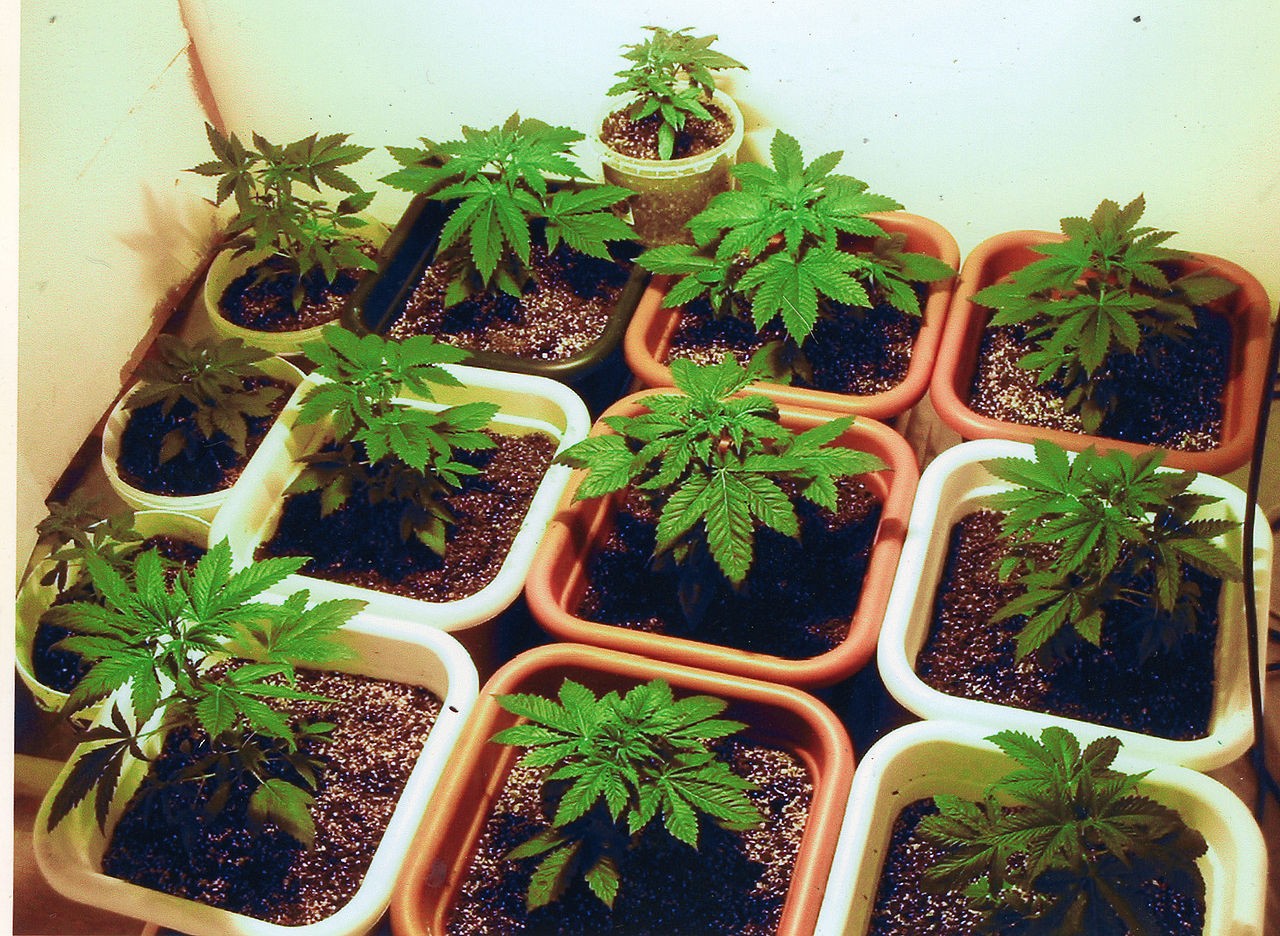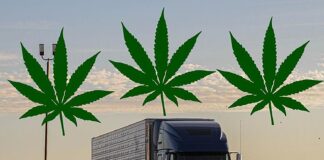
NORML Founder Keith Stroup
For NORML’s 50th anniversary, every Friday we will be posting a blog from NORML’s Founder Keith Stroup as he reflects back on a lifetime as America’s foremost marijuana smoker and legalization advocate. This is the eleventh in a series of blogs on the history of NORML and the legalization movement.
During my early smoking days (the late 1960s and early 1970s), having a dependable “connection” was a necessary priority. The legal consequences of selling marijuana were far more serious than those in place for simple possession for personal use, and most consumers were pleased to mitigate their own personal risk by paying more to buy their weed from someone else. And over the years, most of the illicit sellers on one or more occasions were busted and spent time in jail or prison. It was a financially rewarding profession in the good times, but their status as outlaws came with a price. As a result, most of us tried to maintain at least two separate suppliers so that we had a fallback if the other was put out of business for a few months or sometimes longer.
From “Ditchweed” to World Class
Initially the great majority of the marijuana smoked in this country was imported from countries such as Mexico (i.e., “Acapulco Gold”) and Canada, but also more esoteric locations such as Thailand (i.e., “Thai sticks”) and Jamaica. At that time, most domestically grown marijuana was of poor quality and was often referred to as “ditchweed,” a reference to the feral hemp plants left over from the war effort that continues to resurface all these years later along rural roads and ditches in the nation’s heartland.
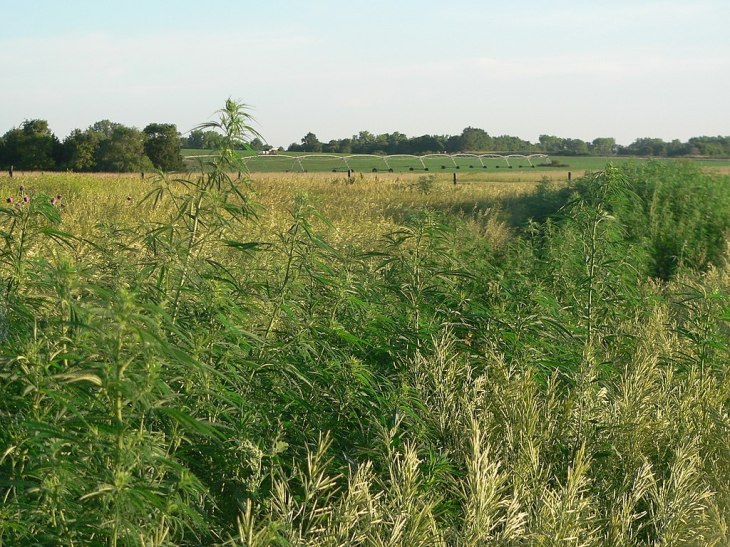
Ditchweed, feral cannabis, growing wild in Nebraska
When one contacted the “dealer man” in those days hoping to score some pot, the question was generally, ”Do you have anything?” If the answer was affirmative, you bought whatever he had (dealing marijuana was almost entirely a man’s word then). On a rare occasion the supplier might have two or three strains to choose from, but that was infrequent.
The End of the Annual Marijuana Drought
On other occasions, usually in late summer before the fall crop had been harvested and made it through the underground market distribution chain, there was a “drought” when no marijuana was available, regardless of what you were willing to pay. Unless you had been fortunate enough to set something aside for a rainy day, you simply did not smoke until the new harvest was available. There were many times in the late 1960s and early 70s when no one – or at least no one whom I knew – had any weed.
To the extent the government could successfully seal off our borders, so long as most marijuana was imported, the government could keep somewhat of a lid on the available supply of marijuana. Not a totally successful lid, but good enough that sometimes as consumers we could not find it and we had nothing to smoke. Once we began to get most of our weed without crossing an international border, the American consumers – at least those willing to assume a certain level of risk – have had few, if any, marijuana droughts.
Today, if one lives in a full legalization state – or if one is a qualifying patient in a medicalized state — you have access to a wide variety of marijuana strains and a wide variety of marijuana-infused products. Sometimes the price may be a bit excessive, or if you live in a community that has refused to allow retail outlets, you may have to drive to a neighboring town to access a dispensary. But ultimately, for the majority of Americans today, you have access to some of the finest marijuana in the world.
Even for those who live in one of the seventeen states that have not yet legalized either medical marijuana or full adult use, the illicit market has never been more vibrant.
Of course, the marijuana that is being sold on the illicit market has not been tested by an independent lab to assure it is free from molds or dangerous pesticides, nor can one tell the levels of THC and CBD in the product. So the consumer is left unprotected in many ways that are only possible with a legal, regulated market. But at least the consumer in non-legal states today does generally have a steady supply of high quality marijuana products from the illicit market.
Without Marijuana There Would Be No Legalization Movement
A steady supply of good marijuana is, of course, a welcome development for marijuana smokers. But it was also a crucial ingredient in the drive to legalize marijuana. Simply stated, without marijuana there would be no marijuana smokers and without marijuana smokers there would be no marijuana legalization movement. Without the political pressure brought by those consumers, tens of millions of whom were tragically and unfairly run through the criminal justice system, there would be little pressure to acknowledge the futility of prohibition and to repeal it.
Of course, for the domestic market to thrive, domestic growers also had to up their game and begin producing high-quality marijuana. My first awareness of the improving domestic supply of high quality marijuana came during the early years at NORML, when some friends who had returned from serving a tour of duty in Vietnam during the 1970s brought marijuana seeds back with them and began to develop a homegrown market in high quality marijuana. They would provide the seeds for new, higher potency strains of marijuana and would teach good cultivation techniques, and the first crop would be split between the owner of the land and the Vietnam vets. Then, after this first year, the local grower was expected to be able to continue to grow future crops without the help of the vets. It was sort of a “Johnny Appleseed” model.
By the mid-1970s the “Grow America” movement had blossomed, making high quality marijuana available generally year-round in every state in the country, usually grown indoors to avoid detection, and because three or four crops could be harvested each year. High quality seeds had become available over the Internet from Canada and Holland, making it possible for every grower in America to begin harvesting premium quality marijuana. It became far more difficult for law enforcement to detect and seize, and far easier for regular marijuana smokers to find a reliable, reasonably safe source of good quality marijuana. Our marijuana is today the envy of the world.
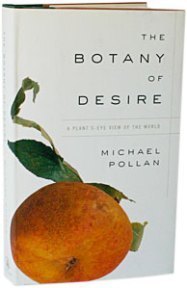
As Michael Pollan discusses in his book The Botany of Desire, American growers “managed to transform ‘homegrown,’ — a derisive 1970s term for third-rate domestic marijuana – into what is today the most prized and expensive flower in the world.” The Grow America movement has allowed us to successfully challenge prohibition and to defeat the government’s war against marijuana consumers. There is still much work to be done, but the legalization movement is now on a glide path towards complete victory.


